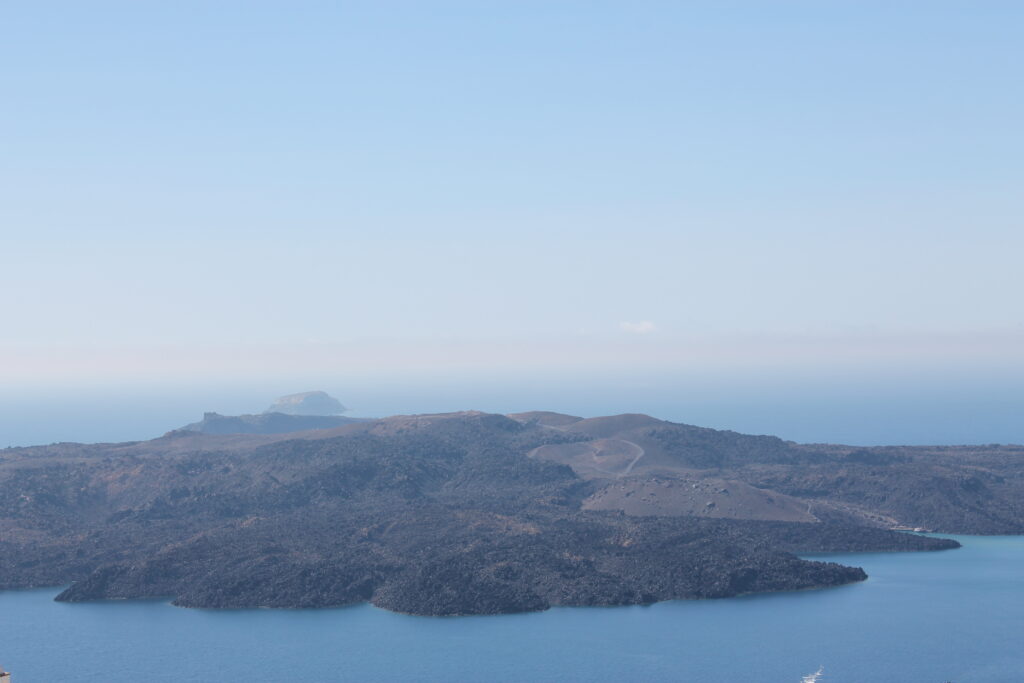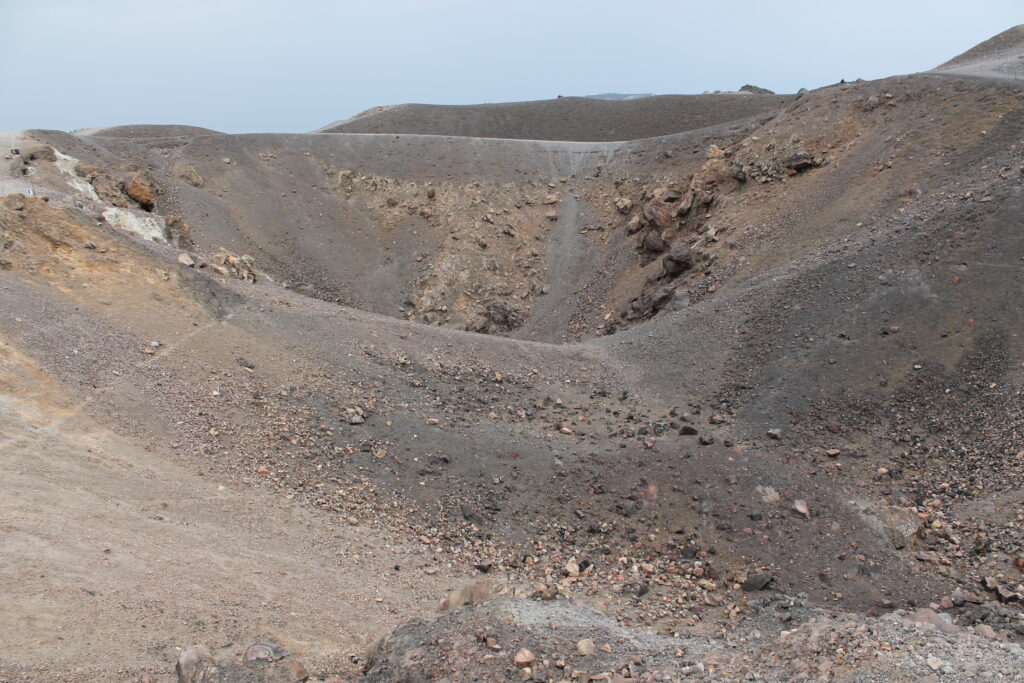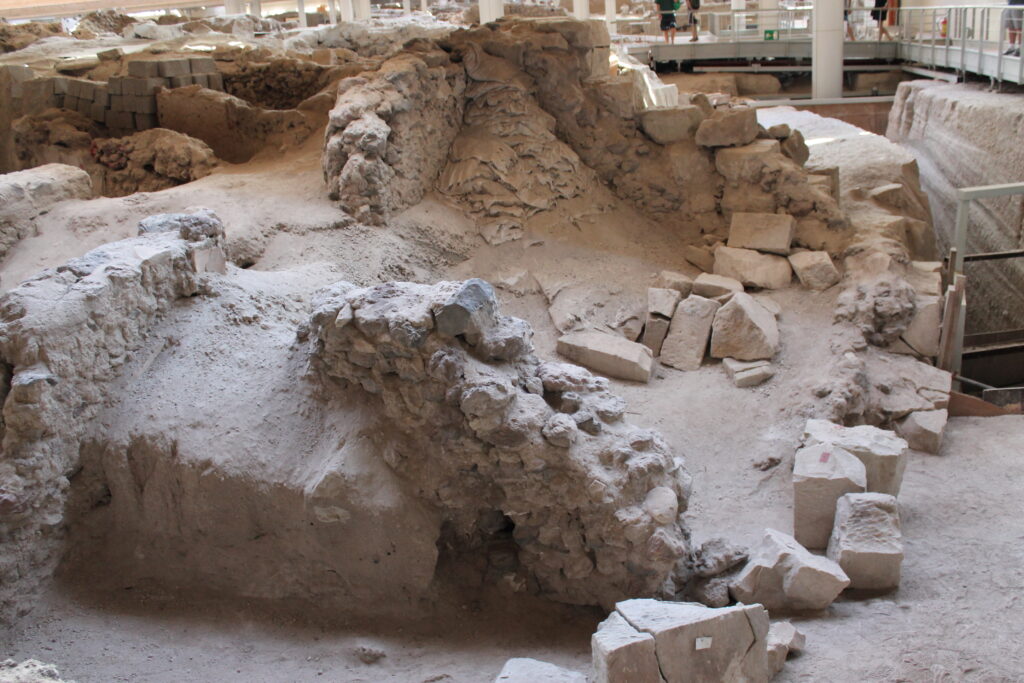I would guess just about everyone has heard of Atlantis. Plato was the first to write about this great naval empire that fell out of favor with the deities and was destroyed. (Plato was writing about hubris and criticizing Crete for opposing Plato’s native Athens.) Since Plato’s time, Atlantis has been used as a springboard for all kinds of fantastic suggestions.
Did you know that there may be a connection between Atlantis and Minoan Crete?
During the Bronze Age, Crete was THE Naval power, to the point that Ramses II in Egypt asked for help fighting the pirates attacking his country. Plato gives dimensions for Atlantis which are a factor of 10 for Crete. Plato also describes a highly sophisticated society – probably the first to have hot and cold running water and indoor toilets. He talks about a palace and a shrine to Poseidon. We know Poteidon was worshipped as a God in Crete and also that bulls, sacred to this God, were worshipped with many rituals including bull leaping.
One of the issues with this theory is the location of Atlantis, supposedly placed beyond the pillars of Hercules in the Atlantic Ocean. Some ancient historians have theorized that, before the sixth century BC, the “Pillars of Hercules” may have applied to mountains on either side of the Gulf of Laconia. The mountains stood at either side of the southernmost gulf in Greece, that opens onto the Mediterranean Sea. This would have placed Atlantis in the Mediterranean, lending credence to many details in Plato’s discussion.
For me, the most compelling argument for believing Minoan Crete was the seed of the Atlantis myth is the destruction. In Plato’s telling, earthquakes and floods swept over Atlantis and the island sank into the sea. Crete did not sink. But the volcano at Santorini/Thera erupted in approximately 1450 B.C.E., ripping out the center of the island and leaving an enormous caldera. Crete was nearby and would have been affected by earthquakes, tsunamis and ash. A nearby city, Akrotiri, was completely covered and is being excavated from the hardened ash now. The ash reached Turkey. This volcano, by the way, is still active and has built up an island of hardened lava. An island, by the way, you can travel to and walk on. Vulcanologists expect it to erupt again someday.
The explosion did not destroy Crete. Evidence of rebuilding has been found in and around Knossos. However, it severely weakened the Minoans and evidence of the Mycenaeans show up in the archaeological record right about then. Many believe that the Mycenaeans took the opportunity to conquer a rich and powerful, but severely damaged, neighbor.



